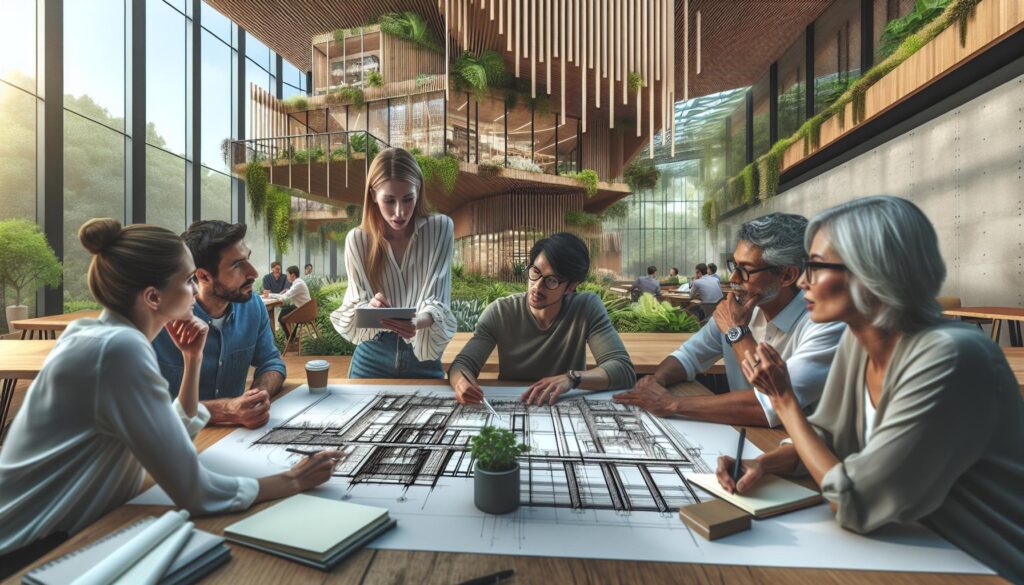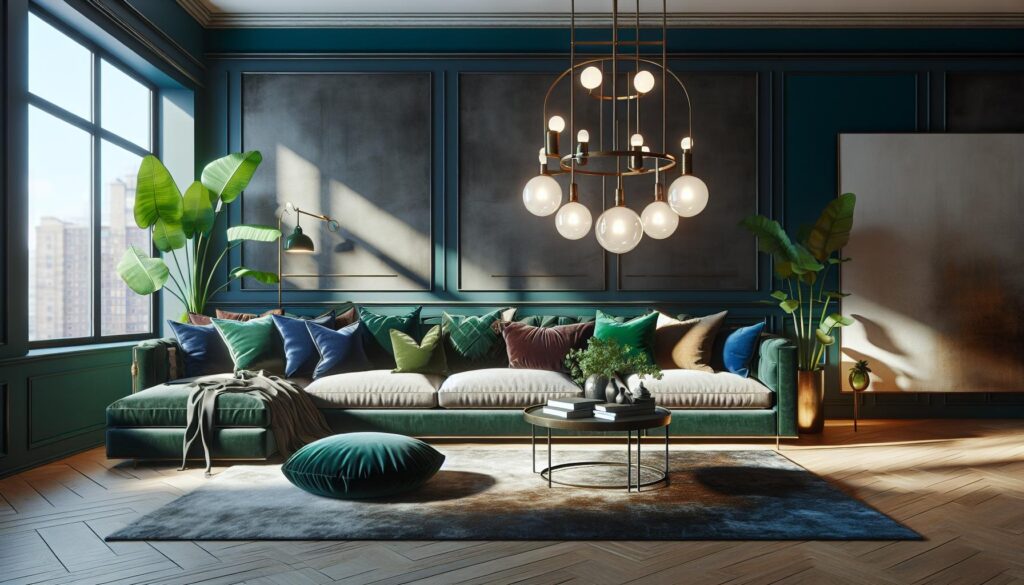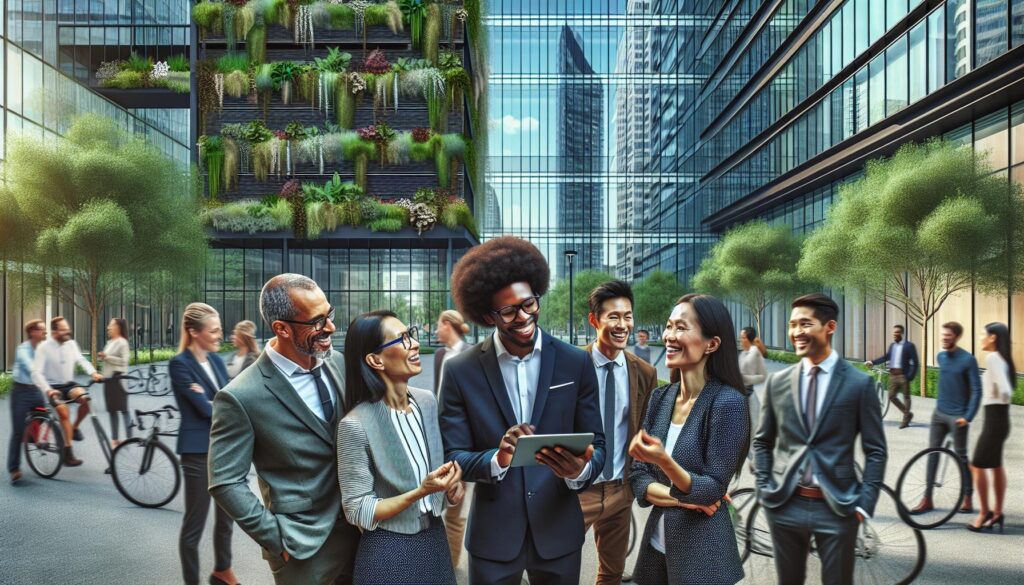As 2023 unfolds, the world of architecture is buzzing with fresh ideas that blend innovation with sustainability. Imagine buildings that not only turn heads but also help save the planet—it’s like your favorite superhero in a hard hat! This year’s trends promise to redefine spaces, making them more functional and visually stunning than ever before.
From biophilic designs that invite nature indoors to smart homes that practically run themselves, architects are stepping up their game. It’s a thrilling time to explore how these trends can transform everyday living into something extraordinary. So grab your hard hat and let’s dive into the architectural wonders that are shaping our world this year. Who knew building design could be this exciting?
Architectural Trends 2023
Architectural trends in 2023 showcase a blend of innovation and sustainability. Biophilic design stands at the forefront, emphasizing nature’s integration within indoor environments. This approach fosters mental well-being by creating connections with the natural world.
Smart home technology enhances functionality, prioritizing energy efficiency and convenience. Features like automated systems streamline everyday tasks, making residential living more accessible and comfortable. Adaptable spaces respond to changing needs, demonstrating versatility in design.
Sustainable materials gain traction, as architects and builders prioritize eco-friendly options. Recycled and locally sourced materials minimize the environmental footprint while appealing aesthetically. Resilient designs account for climate change, ensuring durability against extreme weather conditions.
Cultural influences shape identity in architecture. Designs incorporating local heritage reflect a community’s history, with modern elements blending harmoniously. By valuing diverse perspectives, architects create spaces that resonate with inhabitants.
Experiential architecture emerges, focusing on creating memorable experiences. Spaces are designed to evoke emotions, encouraging social interaction and community engagement. This trend highlights the importance of human connection in everyday living.
Integration of green spaces enhances urban environments, promoting biodiversity. Rooftop gardens, green walls, and public parks contribute to healthier ecosystems in cities. Architects envision urban areas as vibrant, livable spaces, transforming concrete landscapes into eco-conscious havens.
Overall, 2023 marks a significant evolution in architecture. These trends reflect a collective commitment to sustainability, innovation, and human experience. As these ideas materialize, they redefine ordinary living into extraordinary experiences.
Sustainable Architecture
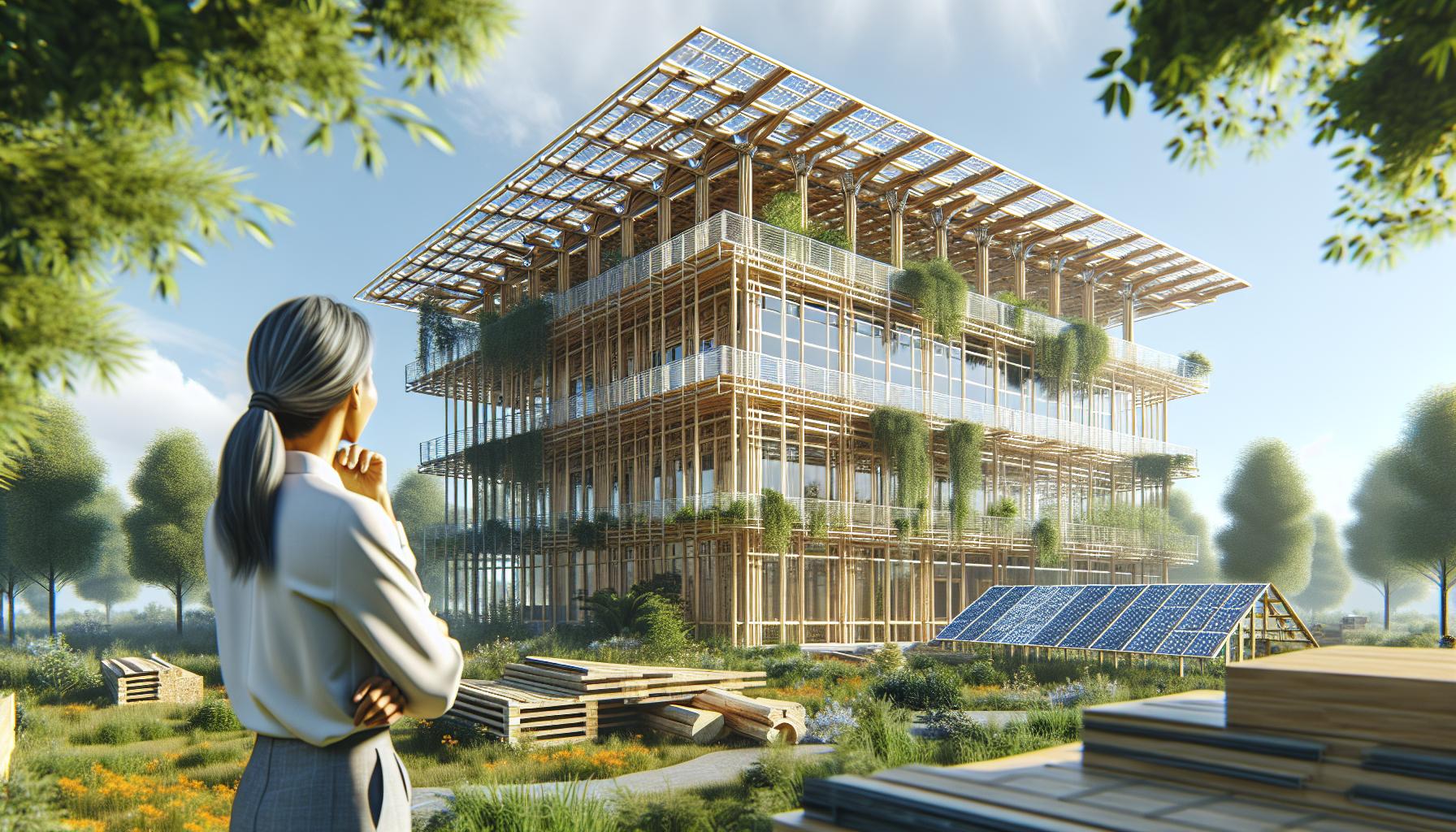
Sustainable architecture emphasizes designs that enhance environmental preservation and boost energy efficiency. This trend focuses on using innovative approaches to create structures that harmonize with their surroundings.
Eco-Friendly Materials
Eco-friendly materials dominate the sustainability conversation in architecture. Recycled options reduce waste, while locally sourced materials minimize transportation emissions. Bamboo and reclaimed wood serve as examples of renewable resources that support durability and aesthetic appeal. Additionally, low-VOC paints and finishes contribute to healthier indoor air quality. By prioritizing these materials, architects design spaces that reflect a commitment to environmental responsibility.
Energy Efficiency Practices
Energy efficiency practices play a crucial role in sustainable architecture. Integrating solar panels into building designs harnesses renewable energy, significantly lowering utility costs. Smart technologies, such as LED lighting and programmable thermostats, enable users to monitor and manage energy consumption effectively. Furthermore, proper insulation and high-efficiency windows reduce heating and cooling demands. Together, these practices lead to significant reductions in energy usage, aligning with the overarching goal of sustainability in architectural trends for 2023.
Smart Technology in Design
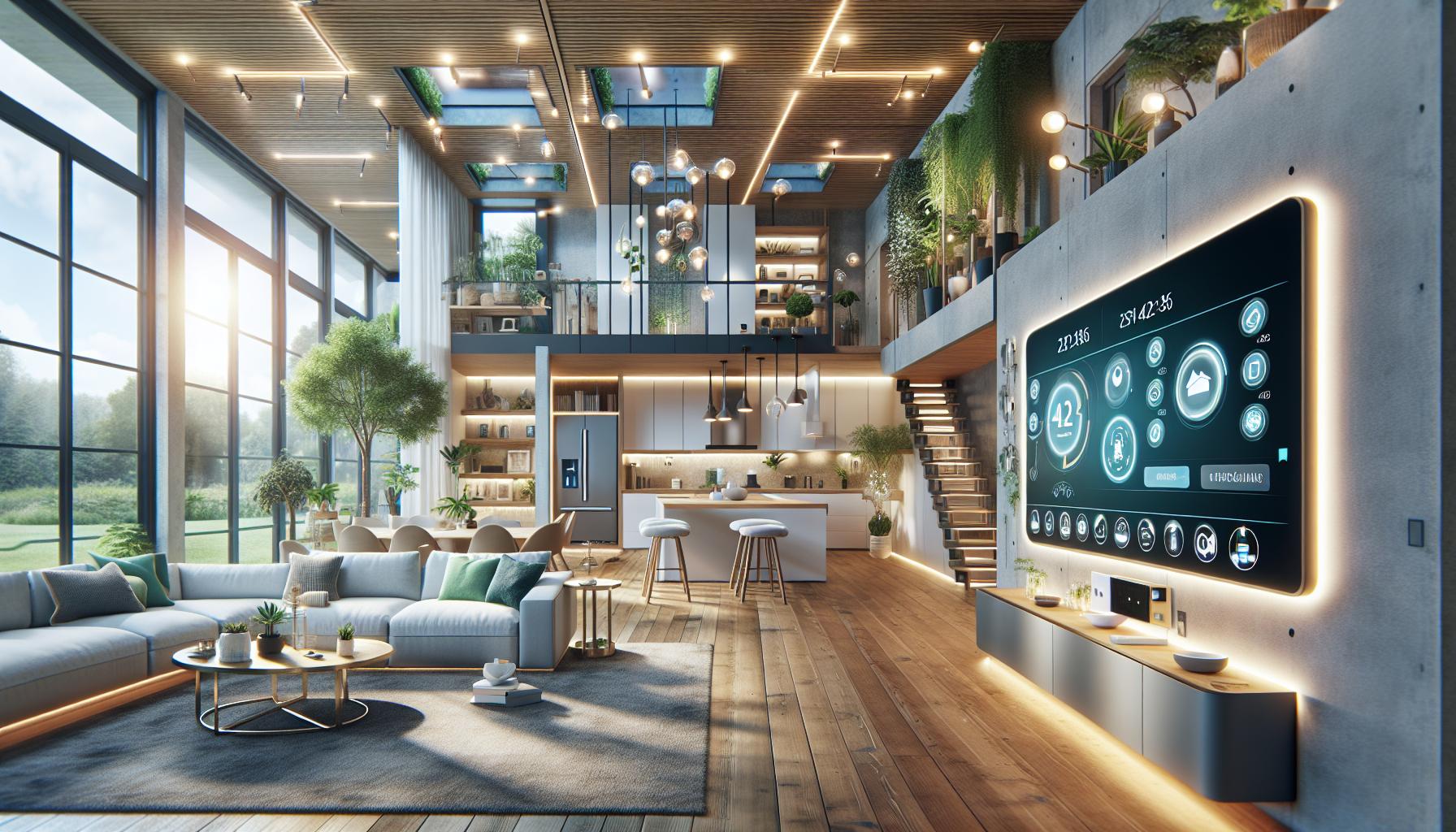
Smart technology significantly shapes architectural trends in 2023. This integration enhances sustainability, efficiency, and user experience.
Integrated Smart Home Features
Smart home features enhance daily living. Energy-efficient lighting systems adjust automatically based on occupancy. Automated thermostats optimize indoor climates, contributing to energy savings. Smart appliances streamline tasks, from cooking to laundry, offering convenience and efficiency. Voice-activated controls enable seamless interaction with devices, creating a more user-friendly environment. These integrated features promote a modern lifestyle while reducing energy consumption, which aligns with broader sustainability goals.
Innovative Building Management Systems
Building management systems (BMS) optimize the operation of facilities. These systems monitor and control energy usage, maintain indoor air quality, and enhance occupant comfort. Real-time data analytics identify inefficiencies, allowing for prompt action. Predictive maintenance reduces downtime and operational costs. Integrating IoT devices strengthens system responsiveness and enables smart decision-making. Ultimately, innovative BMS contribute to eco-friendly design and support architects’ commitment to sustainable architecture in 2023.
Aesthetic Movements
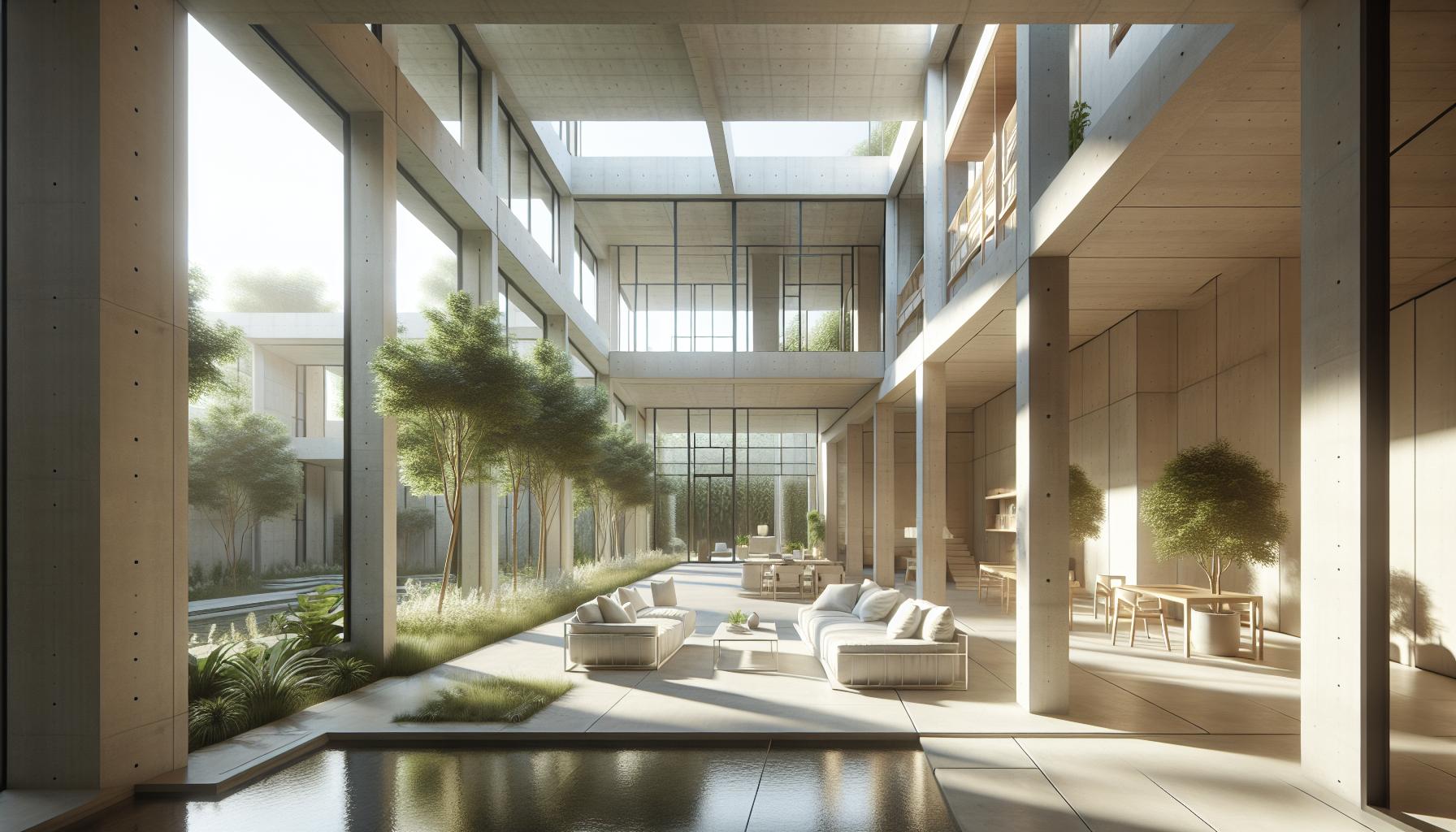
Aesthetic movements in 2023 highlight the blend of minimalism, functionality, and nature-centric design. Architects are focusing on creating spaces that are both visually appealing and practical.
Minimalism and Functionality
Minimalism emphasizes simplicity and elegance. Clean lines, open spaces, and uncluttered designs dominate modern architecture. Functionality remains essential, as architects design spaces that support everyday living. Multi-functional spaces that serve various purposes enhance utility, allowing for seamless transitions between activities. The use of minimal decor and natural materials contributes to a serene environment. Colors remain neutral, promoting relaxation and balance. Overall, minimalism in 2023 resonates with individuals seeking tranquility in their living spaces.
Biophilic Design
Biophilic design integrates nature into built environments. It fosters a connection between occupants and the natural world. Indoor gardens, natural light, and organic materials create a harmonious atmosphere. Architects are incorporating features like large windows and green walls, inviting the outdoors inside. These elements promote mental well-being and enhance productivity. Biophilic design increases biodiversity in urban areas, creating eco-friendly spaces. Research shows that exposure to nature reduces stress and improves cognitive function. In 2023, biophilic principles shape the future of architecture, enriching the human experience.
Revitalization of Urban Spaces
Revitalizing urban spaces is becoming a key focus in architecture for 2023. This trend emphasizes creating environments that enhance community interaction and integrate natural elements.
Adaptive Reuse Projects
Adaptive reuse projects significantly transform existing structures into new, functional spaces. This approach reduces waste and preserves historical significance, which resonates with sustainable design principles. For instance, old factories are converted into residential lofts or commercial spaces, retaining their character while meeting contemporary needs. Renowned examples include the transformation of railway stations into vibrant marketplaces. Not only does this preserve local heritage, but it also fosters economic development and encourages urban renewal. Additionally, these projects often incorporate energy-efficient systems, enhancing the building’s sustainability.
Green Public Spaces
Green public spaces play a critical role in enhancing urban environments. Parks, green roofs, and community gardens improve ecosystem services while promoting biodiversity in densely populated areas. Urban areas featuring accessible parks encourage social interactions and outdoor activities, contributing to healthier lifestyles. Moreover, incorporating native plants in these spaces supports local wildlife and reduces water usage. Cities like Singapore showcase impressive vertical gardens that blend nature with concrete landscapes. Such initiatives not only beautify urban areas but also provide residents with much-needed reprieve from urban density.

